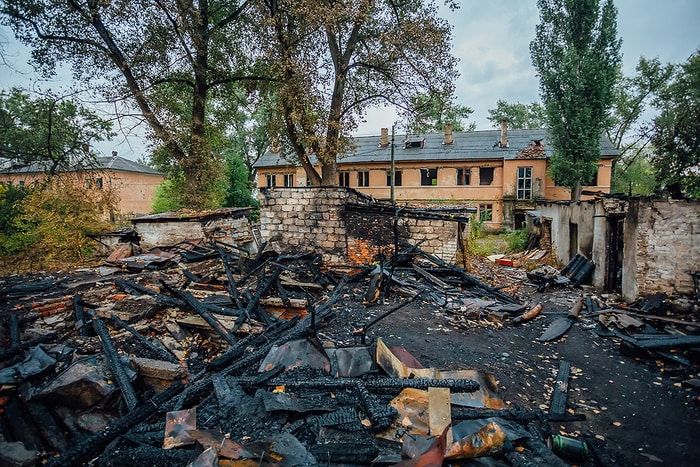Sometimes, when a car is damaged due to a car accident, natural disaster, wildfire, or vandalism, the car insurance company will write the car off as a “total loss” or “totaled.” When a car is totaled, this means that it would cost more to repair the car than the current market value of the vehicle, no matter how much coverage you have for the car. If this happens, then your car Insurance company usually gives you the cash equivalent to the market value of the vehicle to buy a new car. In this article, we’ll walk you through that process, from how companies estimate market value, to how you get paid.

Property Damage Liability
In order to receive any cash after totaling your car, you will need at least one type of motorist coverage from the following coverage options. The first option is property damage liability coverage (PD), which is mandatory, but requires that you prove that the other driver is the at-fault driver. However, it’s risky to rely on PD alone, even if the other driver causes the fault crash. This is because even if the other driver runs a red light while choosing to travel at dangerously high speeds, they will be able to pay for medical bills and property damage if they are an uninsured driver. If you want peace of mind while driving, then you might want to pay a car insurance premium for one of the other options we’ll cover next.
Comprehensive and Collision Insurance
In Property Damage Liability, the money that pays for your totaled vehicle and medical expenses comes from the auto insurance coverage of the other driver, but in comprehensive or collision coverage the money will come from your own car insurance. In collision coverage, the damages will be paid for, but only up to a certain limit depending upon your car insurance rate and other variables. Although it is more expensive, comprehensive is the safer option since it will cover the entire value of the car. But who determines the current market value of your vehicle?
In most cases, the insurance company determines the current market value of the vehicle (although most drivers would prefer it to be the other way around.) In order to determine the value, most companies will use a “Total Loss Formula,” something we’ll discuss in-depth in the next section.
Total Loss Formula
About one in seven-car accident claims is a total loss claim. Because of this, car insurance companies have developed the Total Loss Formula (TLF). This is a method used to calculate exactly how much the insurance company should pay you for the vehicle. However, not all insurance companies are created the same. Some a quite generous with their estimates while others can be extremely stingy, even holding your driving record and credit history against you while making their calculations.
The next time you are looking for a new policy, you can compare car insurance with iSelect. iSelect.com is an online insurance company that will officer you a free car insurance quote today, just type in your zip code to get started. When considering your next auto insurance policy, make sure you ask each company how they handle their loss calculations and ask about their TLF. Remember, if you are in an accident and the other driver is at fault, then your damages will be covered. However, if the other driver does not have insurance or your car is damaged in a natural disaster, then you will need comprehensive insurance, which comes out of the pocket of your own insurer. So make sure you chose an insurance company you trust to have your back when you need it most.
